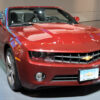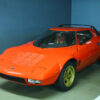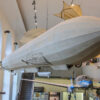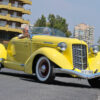Vintage airships once ruled the skies with their graceful designs and awe-inspiring presence. These airborne giants not only represented technological innovation but also captured the imaginations of people worldwide. In this article, we’ll explore 15 elegant airships that left a lasting mark on aviation history.
Contents
LZ 129 Hindenburg
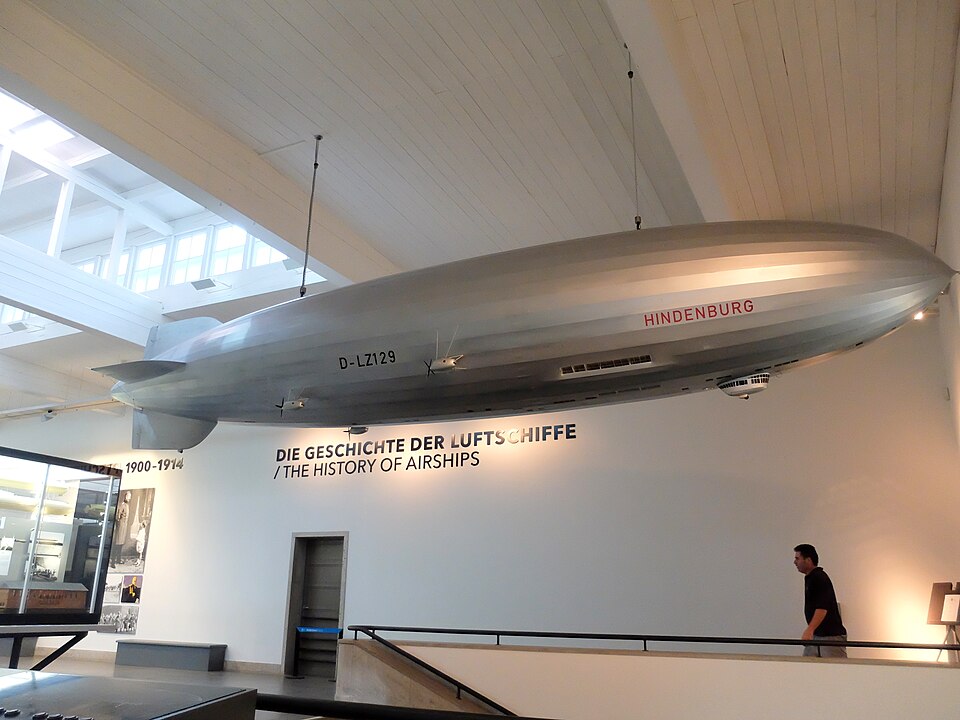
The LZ 129 Hindenburg is perhaps the most famous airship of all time, known for both its grandeur and tragic end. It was one of the largest aircraft ever built, measuring 804 feet long. The Hindenburg featured luxurious passenger accommodations with dining rooms, lounges, and even a smoking room. Its crash in 1937, while attempting to land in New Jersey, remains a pivotal moment in aviation history.
R101
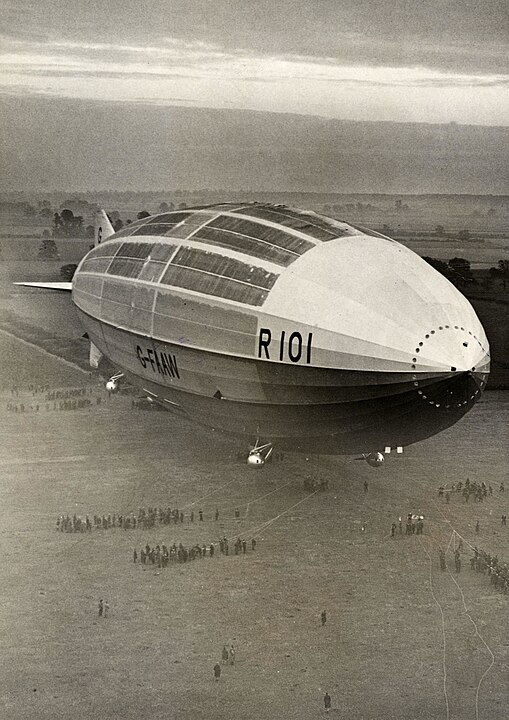
The British airship R101 was a symbol of ambition and innovation during the 1930s. At 731 feet long, it was designed for long-distance travel and featured advanced materials like Duralumin. Unfortunately, its maiden voyage ended in disaster in France in 1930. Despite its failure, R101 represents the drive to conquer the skies with luxury and technological prowess.
USS Akron (ZRS-4)
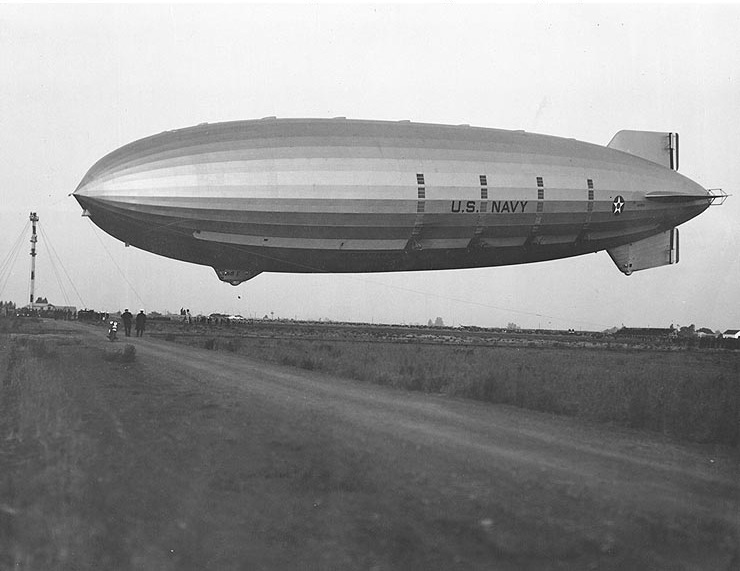
The USS Akron was a U.S. Navy rigid airship launched in 1931, used for reconnaissance and carrying aircraft. Stretching 785 feet, it was equipped with hangar space for five biplanes. Tragically, it was lost in a storm off the coast of New Jersey in 1933, but its innovation as a flying aircraft carrier makes it a standout in airship history.
LZ 127 Graf Zeppelin
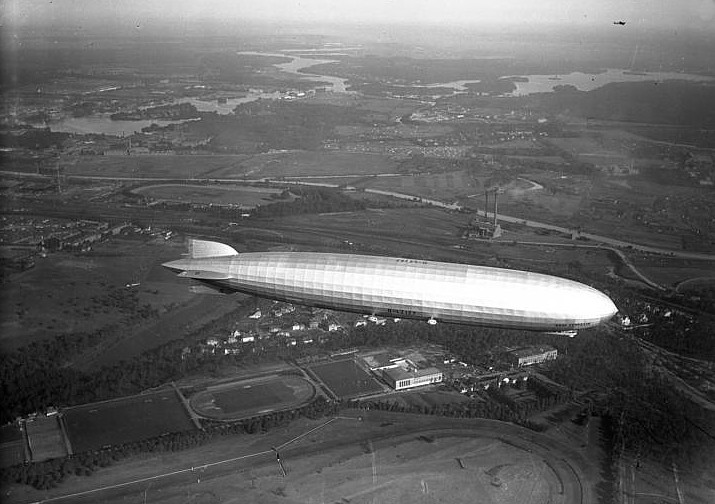
The LZ 127 Graf Zeppelin was one of the most successful and longest-flying airships in history, operating between 1928 and 1937. It completed the first round-the-world flight by an airship and was known for its reliability and safety. At 776 feet long, the Graf Zeppelin provided passenger service across the Atlantic, making it a symbol of luxury and technological achievement.
USS Macon (ZRS-5)
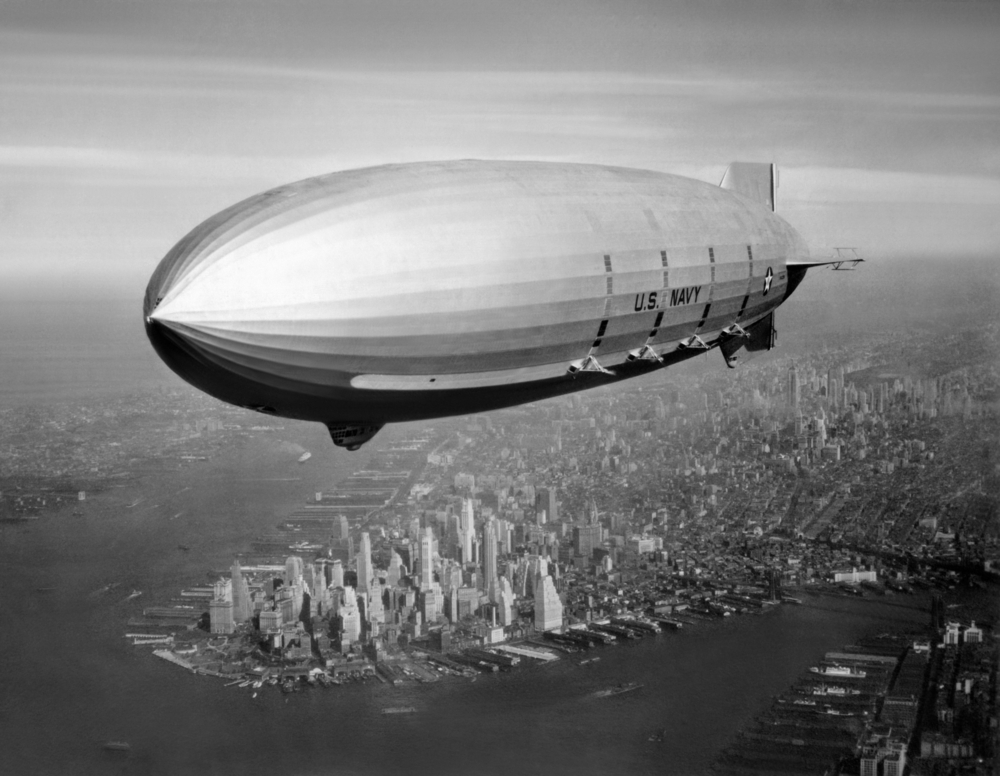
The USS Macon was a sister ship to the USS Akron and served the U.S. Navy in the early 1930s. Like the Akron, it was a flying aircraft carrier capable of launching and recovering planes mid-flight. Measuring 785 feet, the Macon was a key part of U.S. Navy aviation before it was lost in a storm off the California coast in 1935.
LZ 130 Graf Zeppelin II
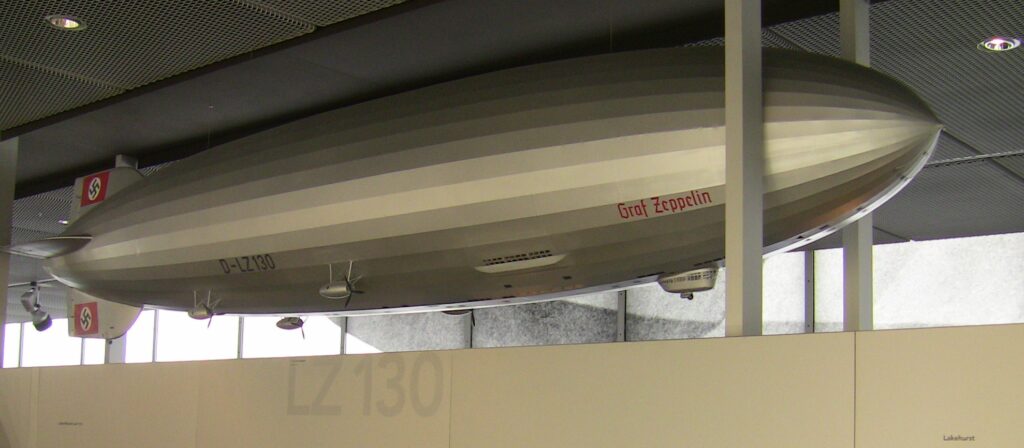
The LZ 130 Graf Zeppelin II was the last of the German zeppelins, intended to continue the success of the Graf Zeppelin. It was built in 1938 and was 803 feet long. Although it never saw significant commercial service due to the outbreak of World War II, its size and design embodied the peak of airship engineering.
R100
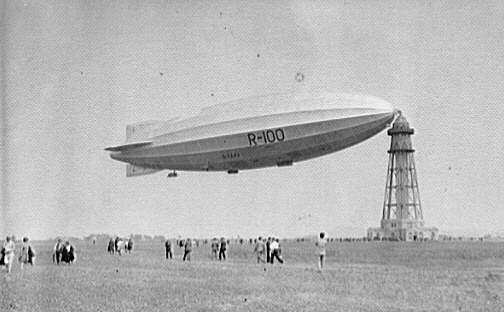
The British R100 was designed as part of a government project to explore transatlantic airship travel. Measuring 709 feet, it completed a successful flight to Canada in 1930. Its luxurious interior and successful design were overshadowed by the failure of its counterpart, R101, but R100 remains a notable example of British airship ambition.
Italia Airship
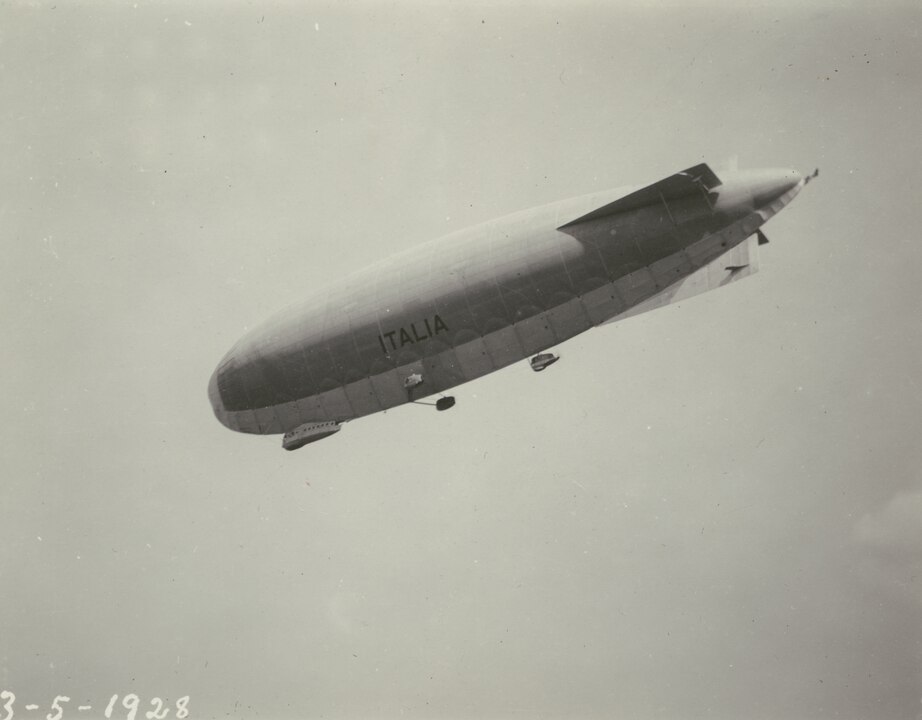
The Italia was a semi-rigid airship used by the Italian explorer Umberto Nobile for his 1928 Arctic expedition. At 345 feet long, it was specifically designed for polar exploration. Despite a successful flight to the North Pole, the Italia crashed on its return, becoming a symbol of both adventure and tragedy in the airship era.
Norge Airship

The Norge was another pioneering airship used for Arctic exploration, designed by Umberto Nobile. In 1926, it became the first aircraft to fly over the North Pole. At 348 feet long, its design and successful polar flight made it a landmark in aviation exploration.
D-LZ 120 Bodensee

The Bodensee was a German passenger airship launched in 1919, primarily designed for commercial travel across Europe. At 394 feet long, it was a practical and reliable airship that offered regular passenger service before being decommissioned. Its importance lies in its early role in post-World War I aviation.
Zeppelin LZ 4
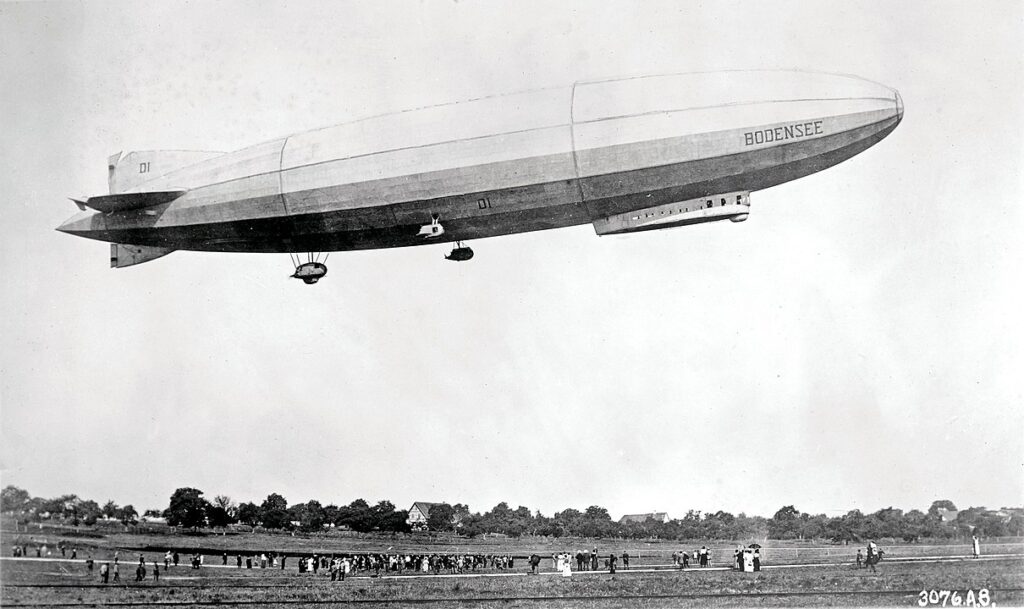
The LZ 4 was an early German airship designed for long-distance flight. Built in 1908, it measured 446 feet and was one of the first attempts at proving airship viability for military and commercial purposes. Though it was destroyed in a storm, it marked a significant step in airship development.
ZMC-2
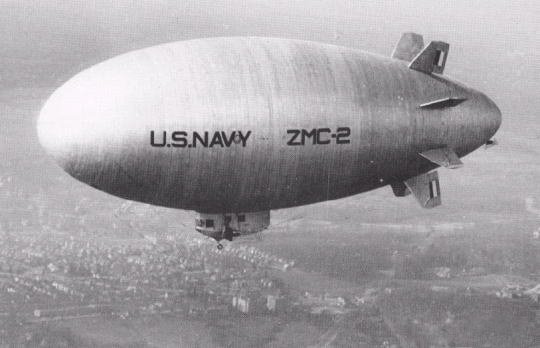
The ZMC-2 was a unique all-metal airship built by the U.S. Navy in 1929. At 150 feet long, it was the only successful metal-clad airship ever constructed. Though small compared to other airships, its innovative design made it a significant technological achievement.
LZ 1

The LZ 1 was the first successful Zeppelin airship, marking the beginning of the Zeppelin era. Built in 1900, it was 420 feet long and made its first flight over Lake Constance in Germany. Although it had limited commercial success, it laid the foundation for future airship design.
British R33
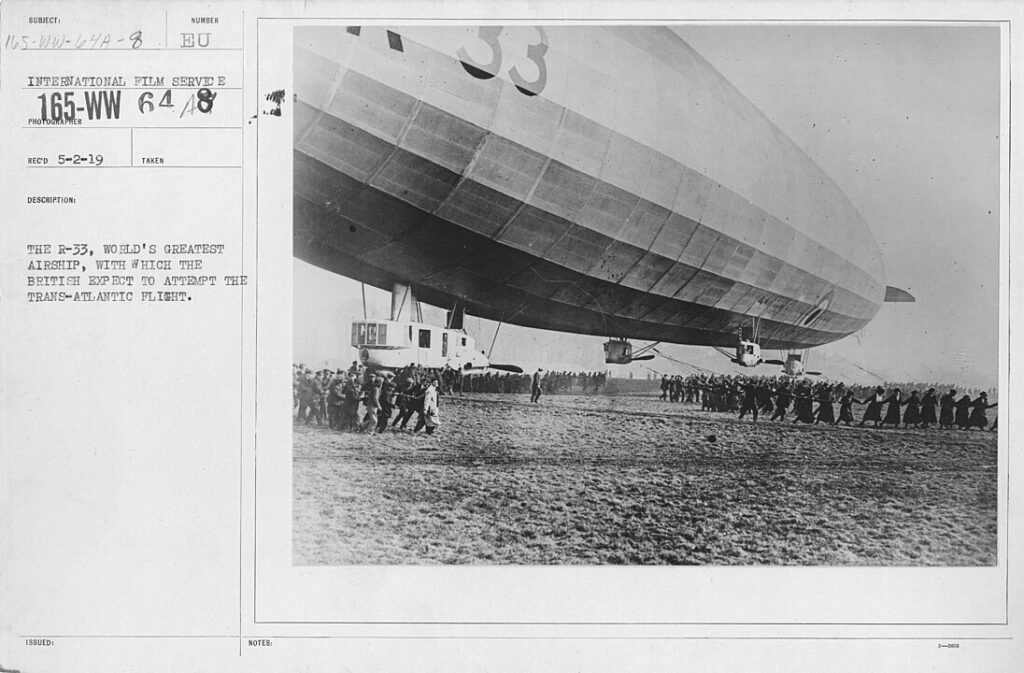
The R33 was a British airship built in 1919, modeled after a German Zeppelin. At 643 feet long, it was used for both military reconnaissance and civilian purposes. Its durability was proven when it survived a violent storm in 1925, making it one of the most resilient airships ever built.
British R34

The R34 was a sister ship to the R33 and became the first airship to make a transatlantic round trip in 1919. At 643 feet, its historic flights demonstrated the potential for long-distance airship travel, capturing the world’s imagination and advancing airship technology.
This article originally appeared in MyCarMakesNoise.
More from MyCarMakesNoise
25 Cars with Advanced Connectivity for the Ultimate Road Trip Experience
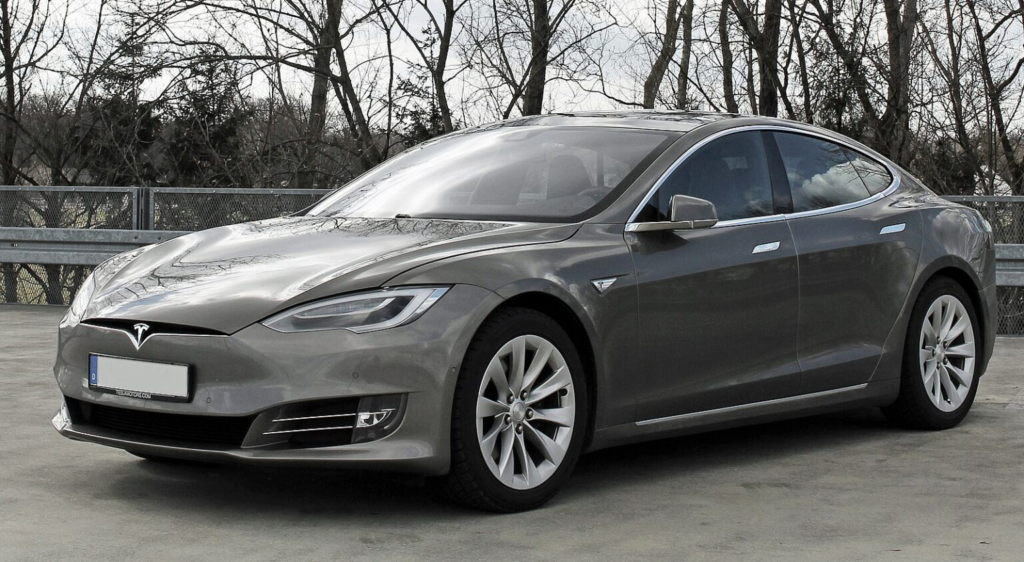
Planning an epic road trip? Staying connected while on the road can make all the difference. Whether it’s for navigation, entertainment, or keeping in touch, having the right tech in your car is essential. Read More
17 Common Car-Washing Mistakes That Are Damaging Your Ride

Keeping your car clean is essential, but are you doing it right? Washing your car seems straightforward, but common mistakes can lead to damage and diminish its appearance. Read More
The 21 Coolest Station Wagons You’ll Want to Drive Home Today

Station wagons aren’t just about practicality, they can be seriously cool, too. The latest models are turning heads and challenging perceptions, from sleek designs and luxurious interiors to powerhouse engines. Read More








